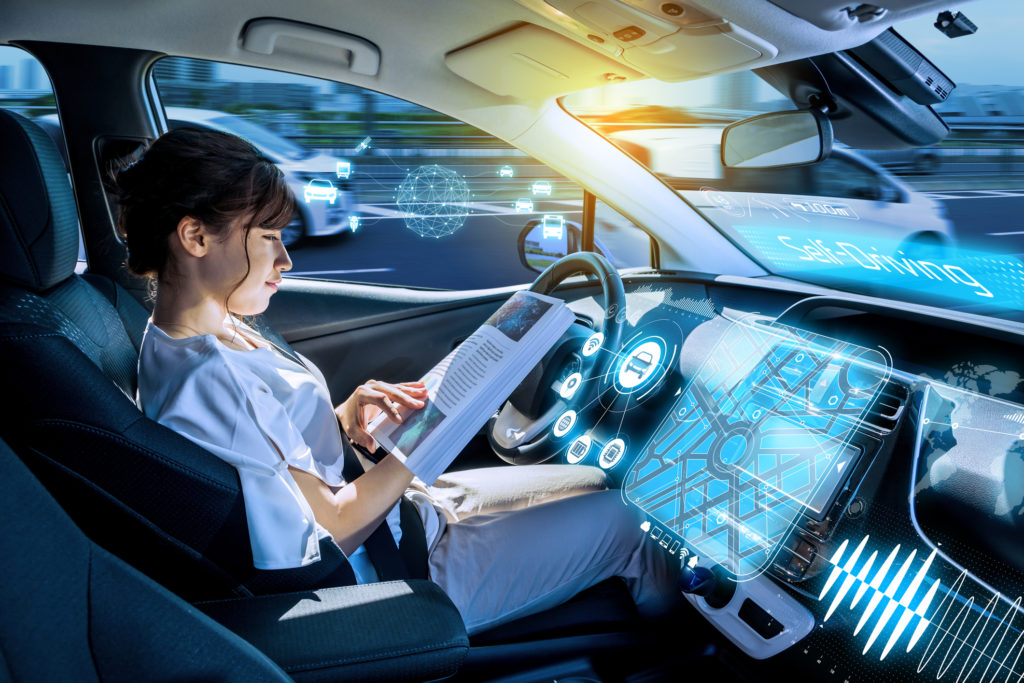Discover Australia's Finest
Explore the latest news, insights, and stories from down under.
Driving into Tomorrow: The Race for Autonomy
Explore the thrilling race for autonomous vehicles and discover how technology is shaping the future of driving. Join the journey today!
The Future of Autonomous Vehicles: How Close Are We?
The future of autonomous vehicles is an exciting topic that has captured the imagination of many. With advancements in technology and increased investment from major automotive companies, we are inching closer to a time when self-driving cars will be a common sight on our roads. Various levels of automation are already being tested, from driver assistance features in modern vehicles to fully autonomous systems being piloted in select urban areas. According to industry forecasts, we could see widespread adoption of these vehicles within the next decade, dramatically changing our transportation landscape.
However, the journey to achieving fully autonomous driving is not without its challenges. Key hurdles include safety regulations, infrastructure adaptation, and consumer acceptance. As the technology evolves, policymakers and stakeholders must work together to ensure that the transition is smooth and beneficial for all. This collaboration will be essential not only for regulatory frameworks but also for addressing ethical considerations that arise with autonomous decision-making by vehicles. In summary, while we are making significant strides, the question remains: how close are we to a future dominated by autonomous vehicles?

Understanding the Technology Behind Self-Driving Cars
Self-driving cars, also known as autonomous vehicles, leverage a complex combination of technologies to navigate and operate without human intervention. At the heart of these vehicles are sensors that gather vast amounts of data about the surrounding environment. These sensors include LIDAR (Light Detection and Ranging), cameras, radar, and ultrasonic sensors. Together, they create a detailed 3D map of the vehicle's environment, allowing it to detect obstacles, road signs, and pedestrians. The data collected from these sensors is processed in real-time using advanced algorithms and artificial intelligence to make split-second decisions necessary for safe and efficient driving.
In addition to sensors, self-driving cars incorporate robust machine learning models that improve their performance over time. These models are trained using vast datasets compiled from millions of miles of driving, enabling the vehicle to recognize patterns and make informed decisions. From recognizing a red light to navigating through complex traffic situations, the technology behind self-driving cars aims to replicate and, in some cases, enhance human intuition. Overall, understanding the technology behind self-driving cars is crucial in appreciating the potential revolution they can bring to transportation and road safety.
What Are the Ethical Implications of Autonomous Driving?
The rise of autonomous driving technology raises critical ethical implications that society must address. One of the primary concerns is the concept of decision-making in life-and-death situations. For instance, in an unavoidable accident scenario, should the vehicle prioritize the safety of its occupants over that of pedestrians? This dilemma highlights the complex moral questions surrounding programming algorithms that drive these vehicles. Many believe that automakers have a responsibility to consider various ethical frameworks, such as utilitarianism and rights-based approaches, when developing these algorithms.
Additionally, the integration of autonomous vehicles into public roads can exacerbate existing social inequalities. There is a risk that these technologies will primarily benefit those who can afford them, potentially leading to a digital divide in transportation accessibility. This situation may leave disadvantaged communities with limited mobility options, further entrenching societal inequities. As we explore the future of autonomous driving, it is crucial for policymakers, developers, and society as a whole to engage in dialogue to ensure that ethical considerations are not sidelined in favor of technological advancement.